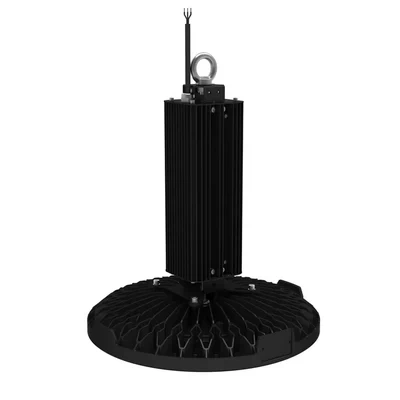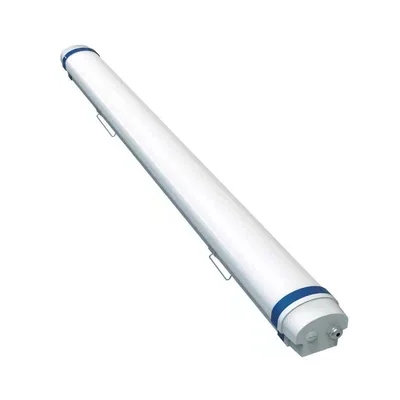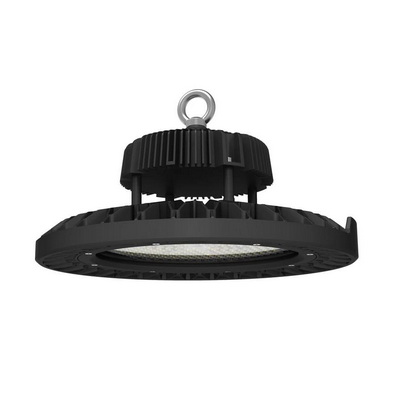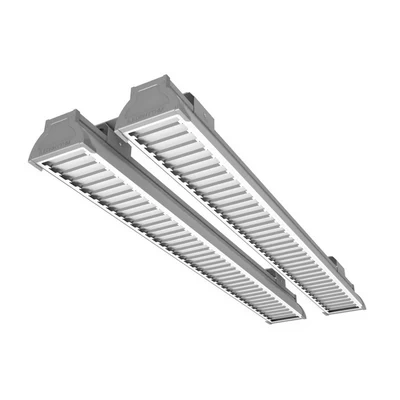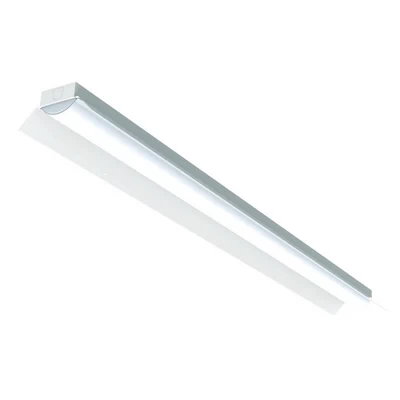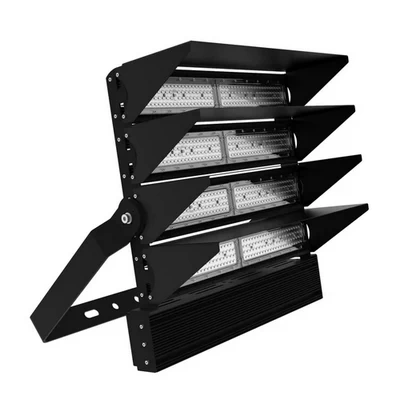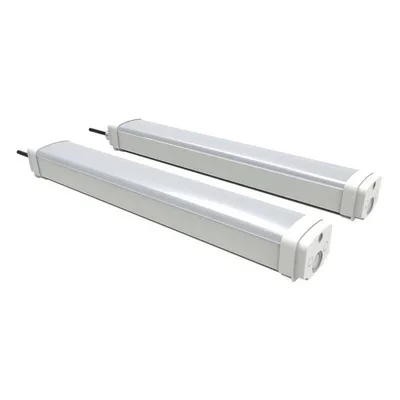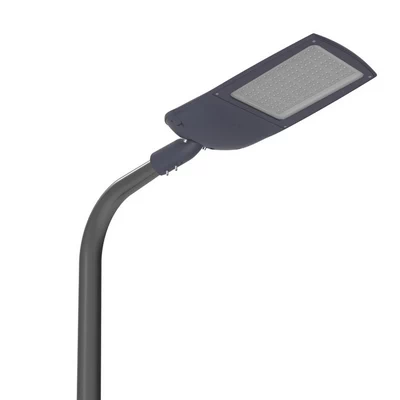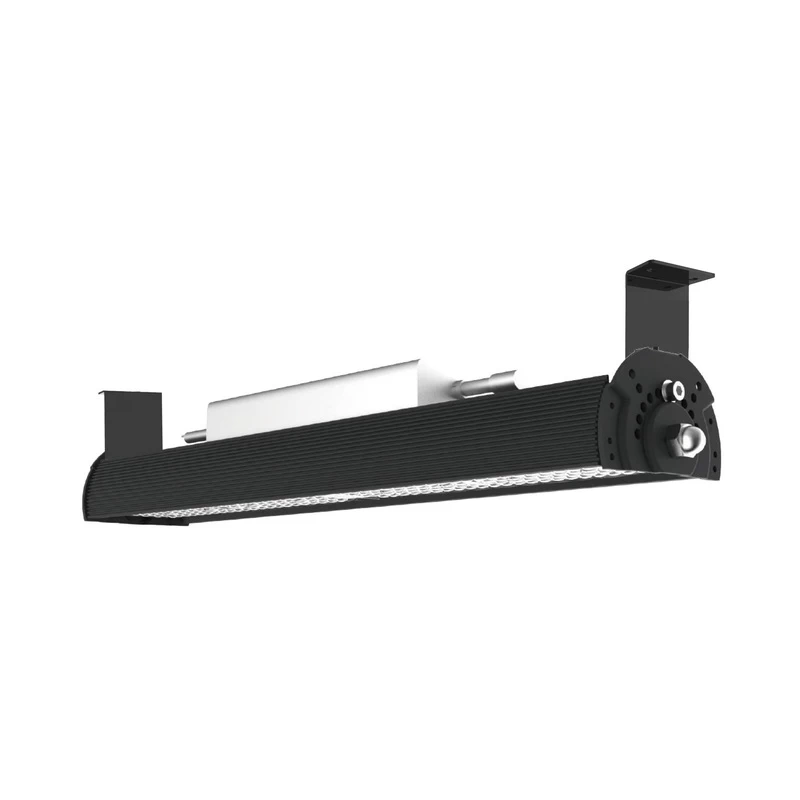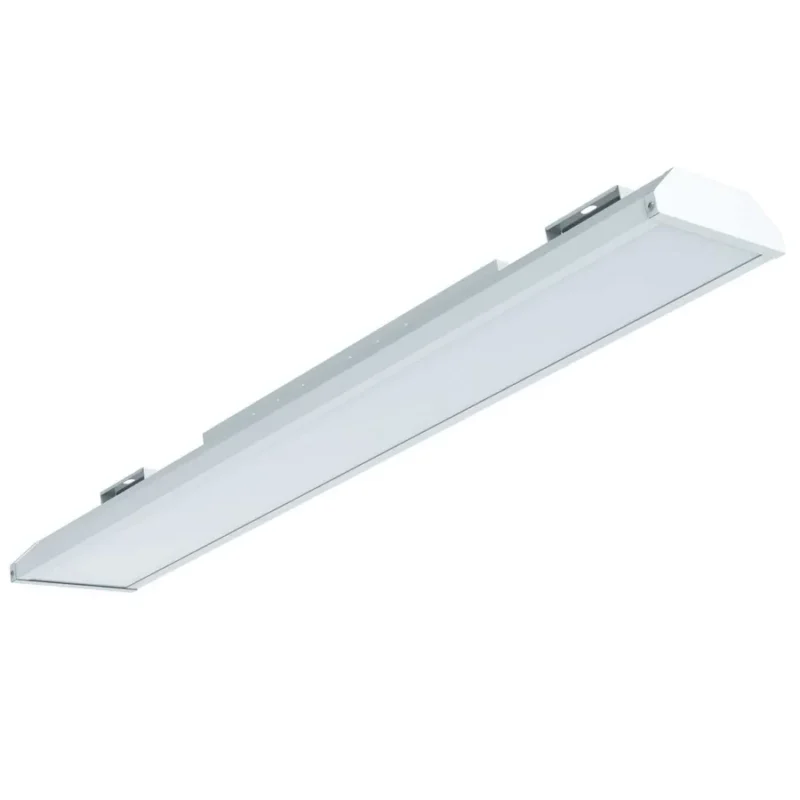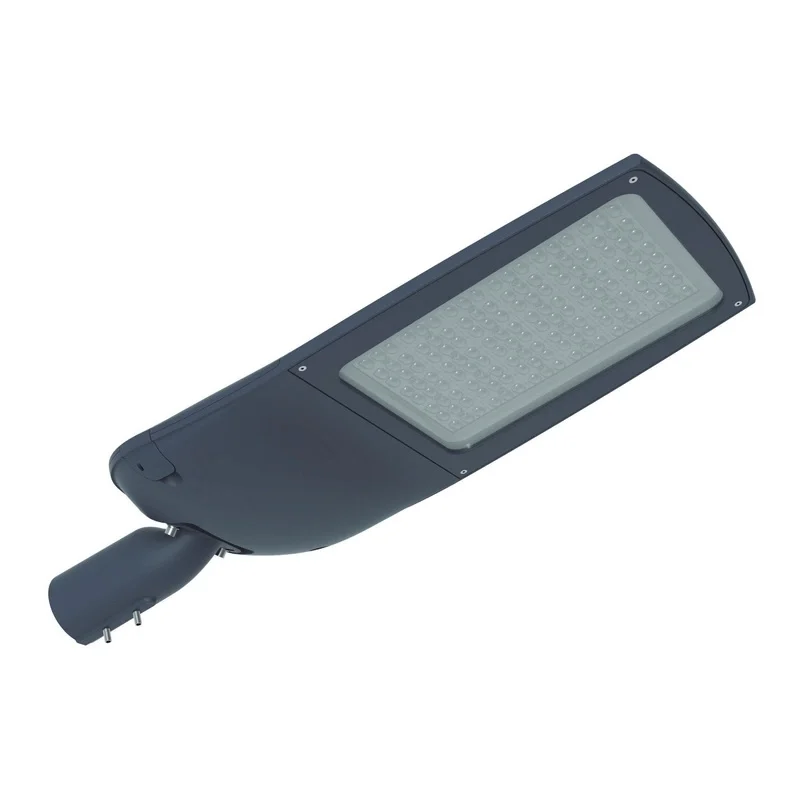How to reasonably change plans to meet customer's changing needs?

Some Tips for Adapting to Changing Customer Needs
In the dynamic world of business, customer support strategy is the key to success. At our company, as a reliable lighting supplier, we've always been committed to delivering superior customer service and meeting the ever-changing demands of our clients.
Understanding Customer Requirements
We strive to provide customers with satisfactory products from their standpoint and perspective and are constantly enhancing our work efficiency.
A Recent Case Study
Today I want to share a remarkable case study we recently handled.
We received a request from a customer who desired port lights and asked us to design them. As we all know, port lights need to have extremely high stability, light transmittance, anti-corrosion, and sealing properties. Our lights fully met the requirements. However, such a small problem occurred during the simulation.
Since the port covers an area of tens of thousands of square meters, to ensure the minimum standard and illumination range above 30, we planned to have the distance between the two light poles reach 80m, and install 12 lights on each light pole. However, after receiving the service plan template, the customer felt that the cost would exceed his budget.

Swift Response and Adjustment
Therefore, considering the customer's insufficient cost, we immediately implemented our customer service steps and adjusted our original plan. We increased the power of the lights and re-simulated their placement and angles to ensure maximum light coverage and avoid excessive overlap. In this way, the originally planned 12 lights were reduced to 8 lights. This was all part of our customer service action plan to not only save costs for the customer but also ensure the minimum illumination standard for port lights.
A Satisfied Customer
The new solution was successfully approved by the customer, and the installation of the lights went on smoothly as scheduled. We received highly positive feedback from the customer. This success can be attributed to our unwavering customer care strategy example and the effective execution of our customer care plan example.
The customer selected the porthole lighting series: Transformer please click here
Our Ongoing Commitment
Our aim at all times is to stand in the customer's position and provide satisfactory solutions to customers' problems. We have an action plan to improve customer satisfaction in place and continuously work on enhancing our customer service plan sample to better serve our valued clients. We are always exploring new customer service initiatives and following a well-defined customer service plan template to ensure we meet and exceed customer expectations.
Our customer service strategy sample is centered around providing prompt and efficient service. We also conduct regular customer response assessment plans to understand and address any concerns. Whether it's an it service plan or a customer care policy, we ensure they are designed to offer the best experience.
We understand that a clear service plan sample and a well-defined example of a service plan are crucial. We know exactly what is a service plan and what is in a service plan, and strive to deliver on those elements. Our product service plan and product/service plan are constantly refined to adapt to changing customer needs.
With a focus on a customer service improvement plan and a comprehensive product and service plan, we are dedicated to providing exceptional service and products to our customers.
Hope this gives you a clear insight into our approach to customer service!
For more related products, please click here.
For more successful cases, please click here.



